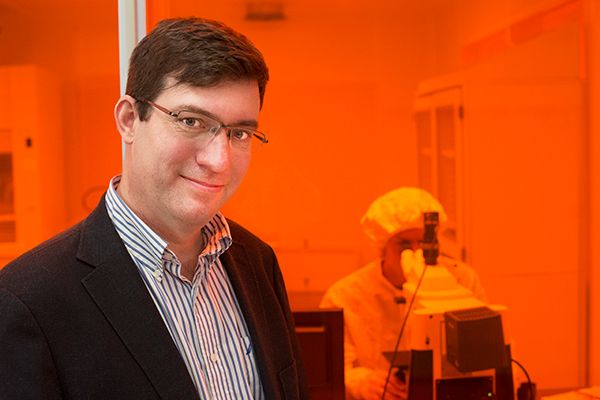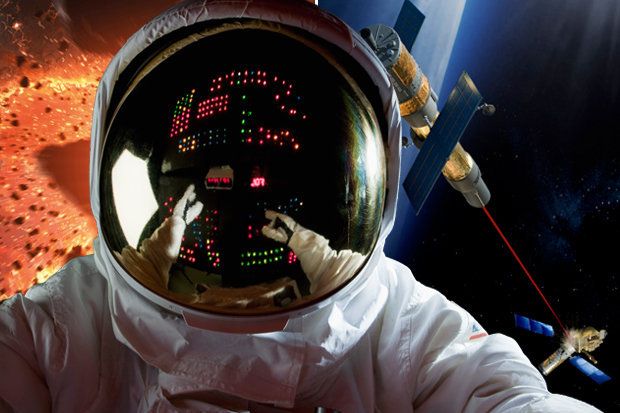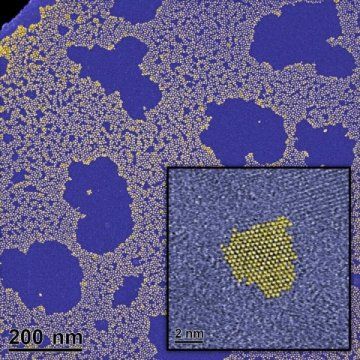In this video, D-Wave Systems Founder Eric Ladizinsky presents: The Coming Quantum Computing Revolution.
“Despite the incredible power of today’s supercomputers, there are many complex computing problems that can’t be addressed by conventional systems. Our need to better understand everything, from the universe to our own DNA, leads us to seek new approaches to answer the most difficult questions. While we are only at the beginning of this journey, quantum computing has the potential to help solve some of the most complex technical, commercial, scientific, and national defense problems that organizations face. We expect that quantum computing will lead to breakthroughs in science, engineering, modeling and simulation, financial analysis, optimization, logistics, and national defense applications.”
Eric Ladizinsky is a senior scientific management executive with a strong background in physics, engineering, materials, manufacturing and team building. Mr. Ladizinsky leads D-Wave’s technical effort to develop the superconducting integrated circuit fabrication process and is often called upon to evangelize on all aspects of quantum computing. At Northrop Grumman Space Technology (formerly TRW, Inc.), he ran a multi-million dollar DARPA program in Quantum Computing using superconducting integrated circuit technology. Mr. Ladizinsky has a BSc. Physics and Mathematics degree from the University of California, Los Angeles and is an Adjunct Professor of Physics at Loyola Marymount University.






